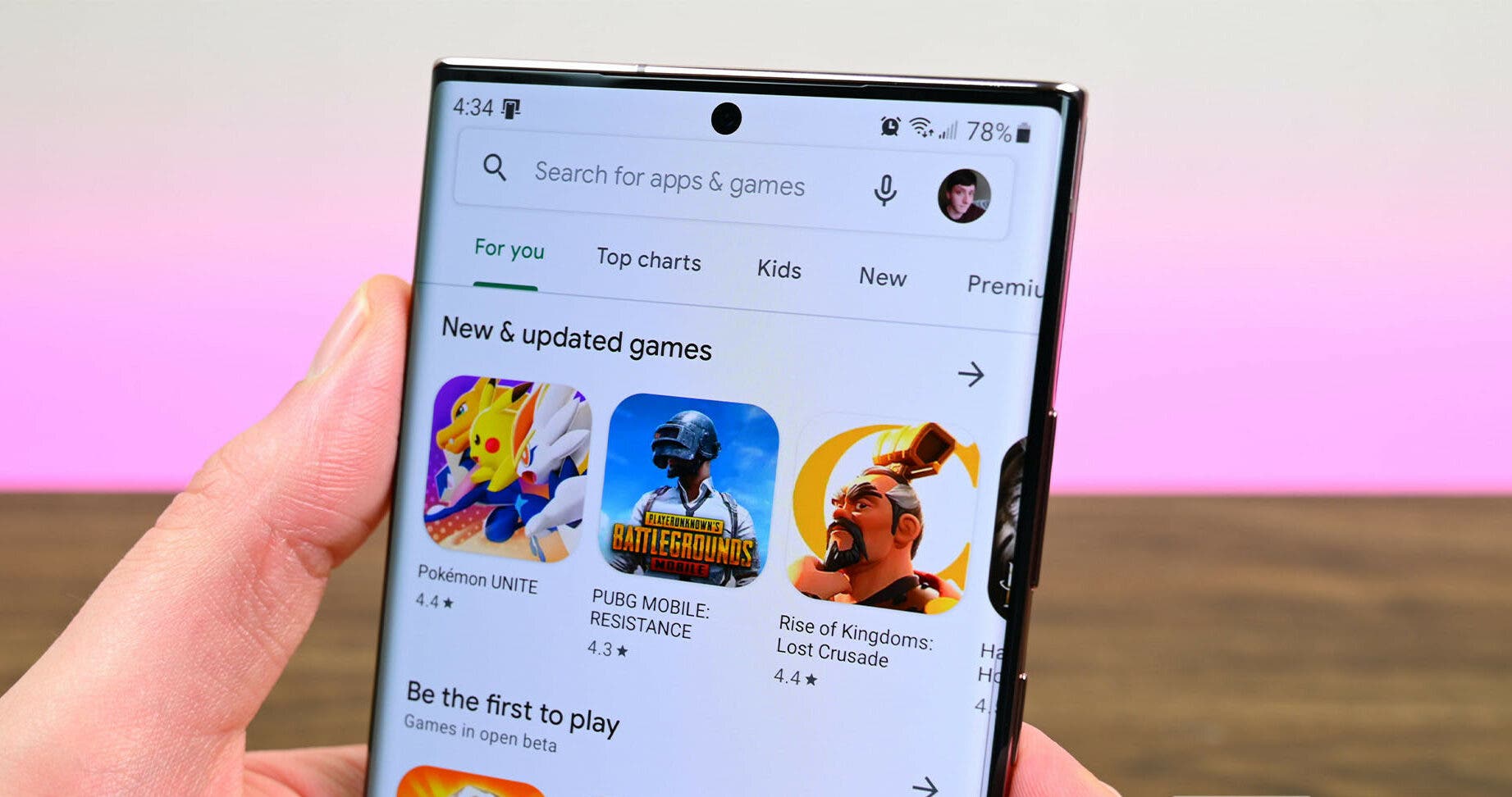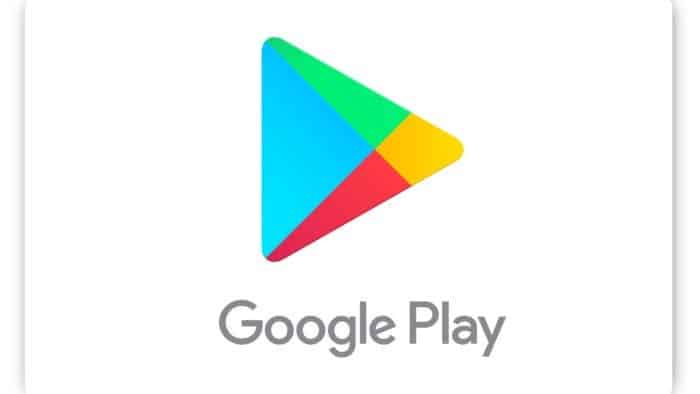In a move announced at the recent Google I/O 2024 developer conference, Google has significantly increased the maximum price developers can set for apps and in-app purchases on the Google Play Store. Previously capped at $400 USD, the new limit allows developers to charge up to $999.99 USD or its local equivalent.
Google Play Store Raises App Price Ceiling to $1,000
This change represents a major shift in Google’s Play Store pricing strategy. It’s the second time the company has raised the app price limit since the store‘s inception. Originally set at $200 USD, the limit was doubled in 2015 to accommodate the evolving app market.
The new pricing structure translates to a regional maximum of €940 for apps and in-app purchases within the European Union and other countries with the Euro as their primary currency. The minimum price for paid apps remains unchanged at $0.05 USD (or its equivalent in local currency). Developers can find detailed information about regional price tiers on the Google Play Store support website.
While the increase is substantial, it’s important to note that this higher ceiling is unlikely to impact the vast majority of apps available on the Play Store. Typically, developers target the enterprise sector with the most expensive apps, offering specialized software and services tailored for businesses.

Gizchina News of the week
From $400 to $1,000: The New Play Store Price Limit Explained
However, the possibility of exorbitantly priced apps existing solely for novelty purposes shouldn’t be entirely discounted. A humorous example might be an app mirroring the infamous “I Am Rich” app that launched on the iOS App Store over a decade ago. The app, priced at a staggering $999.99 USD, served no practical function and primarily intended as a satirical commentary on app pricing.
It remains to be seen what the long-term implications of this change will be. While it offers developers greater flexibility in their pricing models, particularly for niche or highly specialized applications, it’s unlikely to have a significant impact on consumer behavior. The vast majority of users will continue to gravitate towards apps priced within the established range.
It’s also worth considering the potential impact on app discoverability. Extremely high price tags could potentially deter users from exploring an app, even if it offers genuine value. Developers will need to carefully weigh the benefits of a higher price point against the potential drawbacks of reduced visibility within the Play Store.
Overall, Google’s decision to raise the Play Store app price limit represents an adjustment to a maturing app market. While the potential for exorbitantly priced apps exists, it’s likely to remain a novelty. This change will impact the niche market for specialized business applications, allowing developers to better showcase their offerings’ value. User behavior will ultimately determine the outcome, pushing developers to balance revenue and app discoverability.





